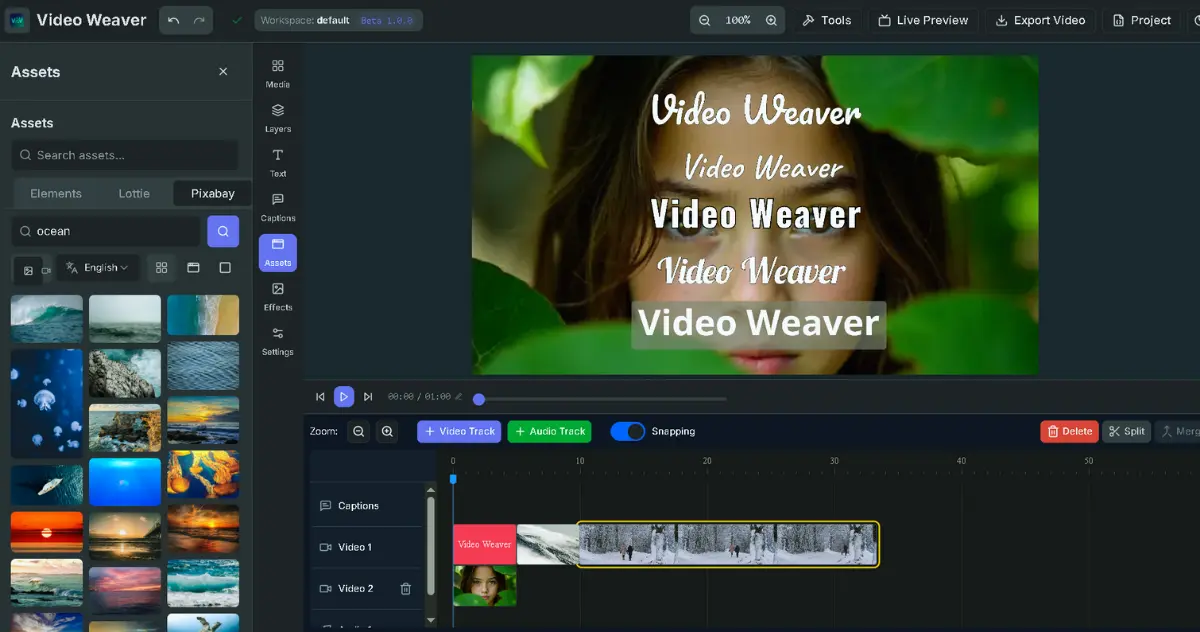Say Goodbye to Compute Anxiety! How FramePack Makes Video Generation as Easy as Image Diffusion
Think AI video generation looks awesome but the hardware bar is sky‑high and it takes forever to render? lllyasviel’s new tool FramePack might be your lifesaver! It makes working with video‑diffusion models feel just like playing with image diffusion—and it could even run on your laptop GPU. Let’s see how it works!
Whenever you want to try video generation, those jaw‑dropping VRAM requirements and endless wait times can be a real buzz‑kill—especially if you aim for longer, more complex clips. While image generation has made its way into everyone’s home, video generation still feels stuck in the “research lab.”
That may be about to change! FramePack, created by the renowned developer lllyasviel (the mastermind behind ControlNet and more), introduces a fresh approach with the goal of making video generation more accessible and efficient.
In a nutshell, FramePack is a neural architecture based on next‑frame (or next‑segment) prediction. Its secret sauce is the ability to compress the preceding context (earlier frames) into a fixed‑length representation.
What’s so special about that?
You might think, “It’s just compression—what’s the big deal?” The magic is in the fixed length.
Traditionally, generating a longer video means the model must reference an ever‑growing amount of previous content, sending compute and memory needs through the roof. That’s why long‑form video generation is so resource‑hungry.
FramePack flips the script: it distills all prior frames into a compact, fixed‑size “notebook.” Whether the model has already produced 10 seconds or a full minute, the chunk of context it consults for the next segment never changes size.
That means the workload to generate a video becomes essentially decoupled from the video’s total length! No matter how long you want the final clip, the cost of producing each new slice stays roughly the same—that’s what the authors call “generation workload is invariant to video length.”
So… how cool is it in practice?
The benefits are tangible:
- Much lower hardware bar. Most exciting of all: because the workload is steady, FramePack claims you can run a 13 B‑parameter model on a laptop‑class GPU. Yep—officially, if you have an RTX 30‑series card with at least 6 GB VRAM, you’ve got a shot (GTX 10/20 series are untested). That’s a huge drop in entry cost.
- More efficient training. FramePack supports larger batch sizes, making training efficiency comparable to image diffusion. Researchers and tinkerers no longer have to suffer tiny batches.
- Progressive generation with live previews. Because videos are generated step‑by‑step, you can watch previews mid‑process—no more waiting forever only to discover the output went off‑track.
- Not just a concept—there’s a full desktop app! The devs ship a ready‑to‑use GUI, bundling high‑quality samplers and memory management so you can focus on creating.
Sounds a bit like the buzz around Stable Diffusion’s debut, right? Video diffusion, but with an image‑diffusion‑like experience!
Ready to dive in? Check your rig first
- GPU: NVIDIA RTX 30/40/50 series with fp16 & bf16 support
- VRAM: At least 6 GB
- OS: Windows or Linux
Quick‑start (rough guide)
- Windows: Easiest path—grab the one‑click installer from GitHub, unzip, run
update.bat, thenrun.bat. A Gradio web UI pops up. - Linux: Use an isolated Python 3.10 env,
pip install -r requirements.txt, thenpython demo_gradio.py.
Upload an image and type your prompt on the left; generated video plus intermediate previews appear on the right.
IMPORTANT! IMPORTANT! IMPORTANT!
The AI world can be shady. lllyasviel stresses:
The only official channel is the GitHub repository! The only official channel is the GitHub repository! The only official channel is the GitHub repository!
» Go to the official FramePack GitHub «
Any other look‑alike domains—framepack.co, framepack.ai, framepack.pro, frame_pack.cc, etc.—are all fake and likely scams. Don’t click them, download nothing, pay nothing. There is currently no other official site or online service.
TL;DR: A promising new chapter for video generation?
FramePack breathes fresh air into video generation. By taming the computation spike for long clips, it makes high‑quality, low‑barrier video creation far more plausible.
It’s early days, but its potential—and the fact that a usable desktop app is already available—makes the future look bright.
If AI video sparks your curiosity and your hardware meets the minimum, what are you waiting for? Hit up the official GitHub, give it a whirl, and remember: safety first—get everything straight from GitHub!
Further reading:




